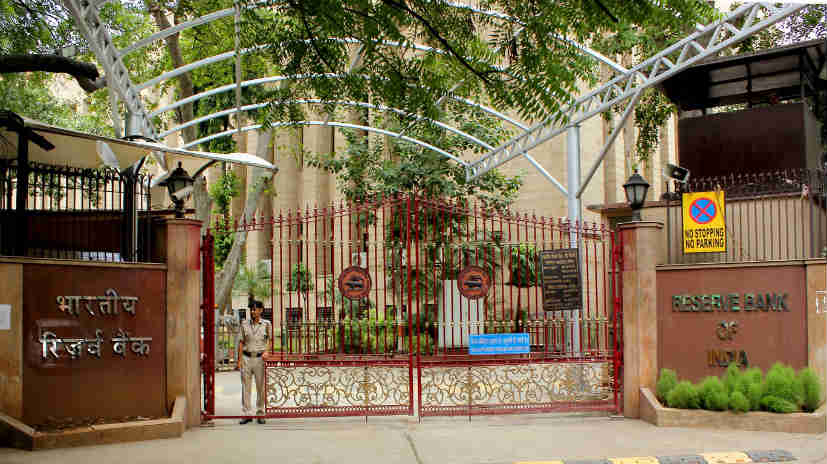Keeping the policy rates unchanged with REPO rates kept at six percent and reverse REPO rate 5.75% was expected given the unwavering market conditions in the last couple of months. The inflation index has remained stable at 4.4% and below RBI’s last outlook which is one of the key factors to keep lending rates unchanged. The RBI is also taking time to evaluate the market impact of developments like increased global crude prices, a hike in US Fed Rates, etc., that could have impact on the Indian market in the coming months. Also, ambitious government projects like healthcare insurance and hike in MSP for agricultural produce will need higher government reserves. A critical decision factor would be the outlook in the next 3-4 months that will bring out the true economic picture of India for this financial year.
The apex bank could have directed the lenders to keep the MCLR below 10% or put a cap on the same for home loans. Currently it is observed the MCLRs are higher by 10% – 12% in most leading retail lending banks. This could have brought down the effective lending rate for home loans. Linking MCLR to lending rate changes the earlier base rate, making the cost of borrowing home loans higher in the short term.
Residential sales across key markets of India in 2016 – 17 where only marginally higher by approximately five percent than new launches in the same period. A rate REPO rate revision leading to lower home loan rates could have given sentimental boost to end user buyers.
Ramesh Nair, CEO and Country Head, JLL India


